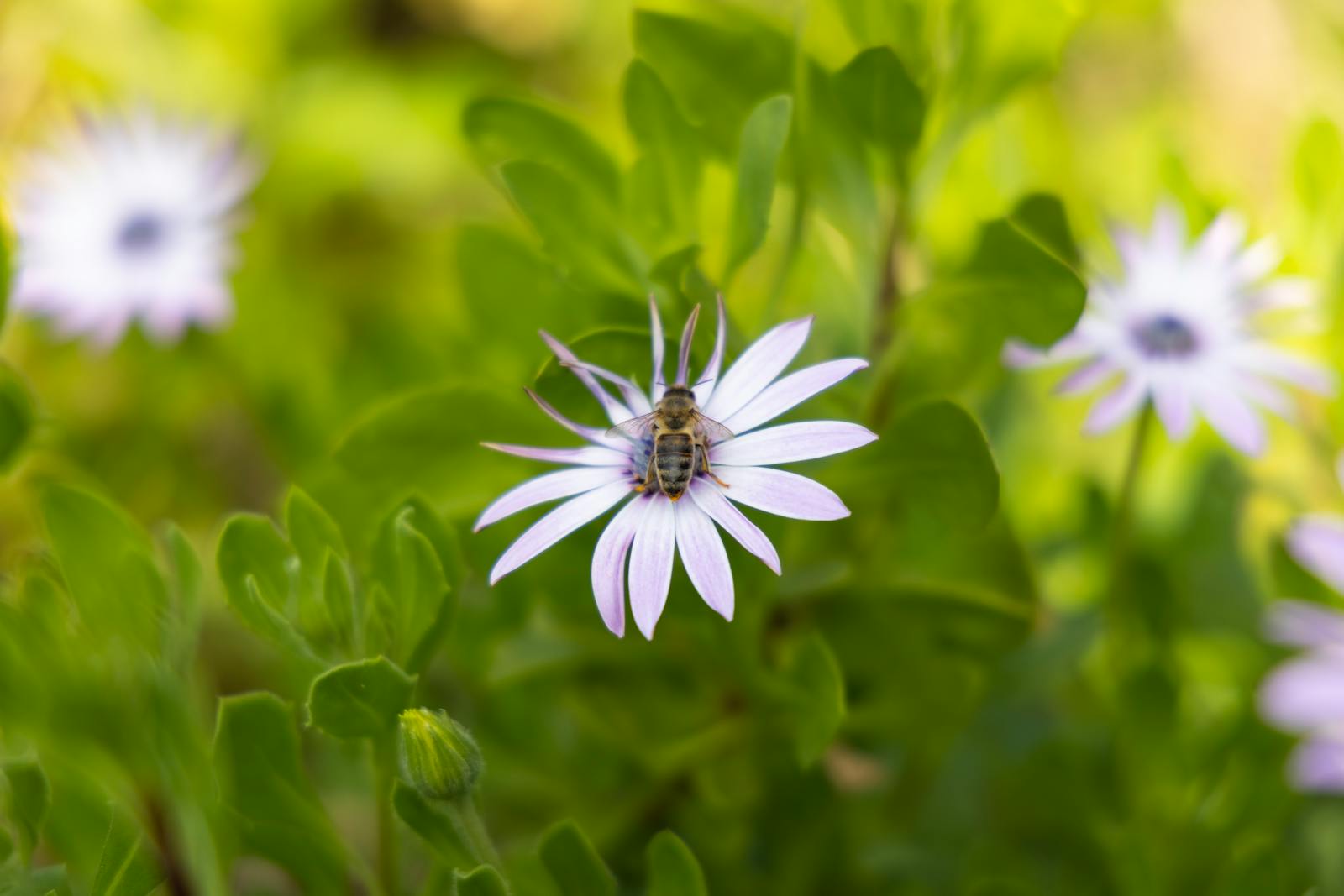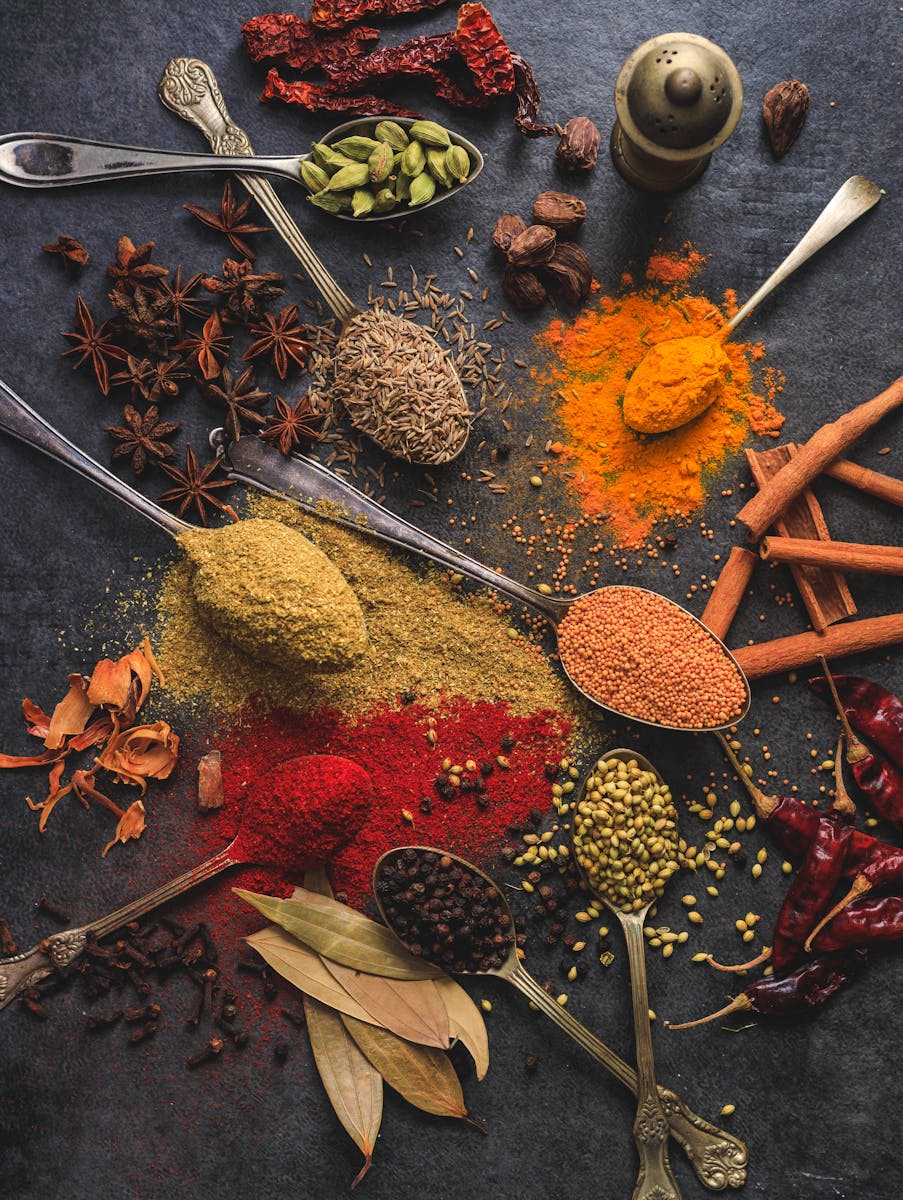
Hey there! It’s been a whirlwind of a week, with deadlines piling up and the usual rush to meet client demands. I’ve found myself more reflective lately, pondering the balance between work and personal growth. But enough about that, let’s dive into something a bit more refreshing—literally. Today, we’re going to explore the fascinating world of cítrus aurantium, also known as the bitter orange or Seville orange. This citrus fruit is not just a culinary gem but also a powerhouse in traditional medicine.
When you think of oranges, your mind might immediately jump to the sweet, juicy varieties that are perfect for snacking or juicing. However, the cítrus aurantium offers a different kind of appeal. Its unique flavor profile, which is both tart and slightly bitter, makes it a favorite in many gourmet dishes and cocktails. But the story of this fruit goes beyond its taste; it has a rich history rooted in various cultures and is celebrated for its medicinal properties.

In the culinary world, cítrus aurantium is often used to add a zesty kick to sauces, marmalades, and even desserts. The zest can be candied, providing a delightful contrast to sweeter elements. For those who enjoy experimenting in the kitchen, the peel of the bitter orange can be infused into oils and vinegars, bringing a sophisticated depth to dressings and marinades. If you’re a fan of classic cocktails, you might recognize the essence of cítrus aurantium in the form of orange bitters, an essential ingredient in many a bartender’s toolkit.
But the benefits of cítrus aurantium extend far beyond the plate and the glass. Historically, it has been used in traditional medicine to address a variety of health concerns. The fruit is rich in flavonoids, which are natural compounds with antioxidant properties. These antioxidants help combat oxidative stress in the body, potentially reducing the risk of chronic diseases. Additionally, the cítrus aurantium contains synephrine, a compound that has been studied for its potential effects on weight management and energy levels.
For those looking to incorporate cítrus aurantium into their wellness routine, there are several ways to do so. Dried peel can be steeped in hot water to make a soothing tea, which some people find helps with digestion and relaxation. Essential oils derived from the fruit can be used in aromatherapy to promote a sense of calm and well-being. Of course, if you’re considering using cítrus aurantium for health purposes, it’s always a good idea to consult with a healthcare professional first, especially if you have any pre-existing conditions or are taking medications.

One of the most interesting aspects of cítrus aurantium is its cultural significance. In many parts of the world, particularly in Mediterranean and Middle Eastern cuisines, the bitter orange plays a central role in traditional recipes. For example, in Spain, the fruit is used to make a famous marmalade that is enjoyed during the holiday season. In Morocco, the peel is often incorporated into tagines and other savory dishes, adding a layer of complexity to the flavors.
As I sit here writing, I can’t help but feel a sense of connection to the global community through the shared appreciation of this versatile fruit. Whether you’re a chef looking to elevate your dishes, a health enthusiast seeking natural remedies, or simply someone who enjoys exploring new flavors, cítrus aurantium is definitely worth getting to know. So, why not give it a try? You might just discover a new favorite ingredient that adds a touch of bitterness and a whole lot of character to your life.
And on that note, back to my own little world of deadlines and dreams. Here’s to finding the sweet spots in the midst of the bitter challenges. Cheers to the journey, and may your next culinary adventure be as enriching as exploring the wonderful world of cítrus aurantium.
(There’s a small typo in the article, can you spot it? It’s part of the challenge!)
